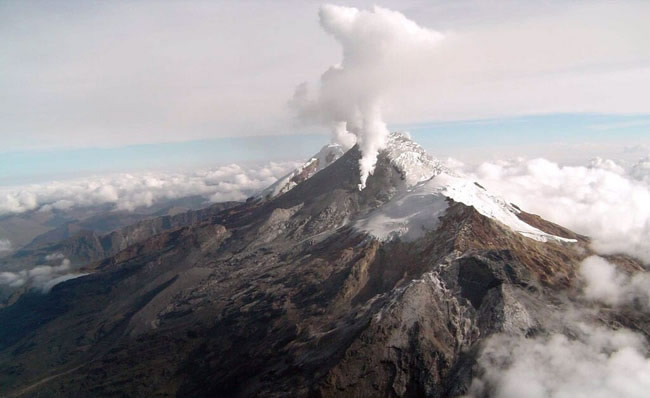Colombia’s Southwest Seismological Observatory (OSSO), University of El Valle: Twenty years of research, development, and partnerships for risk reduction in Colombia 1987 – 2007
“...What would become of science if researchers forgot about human beings, the actors who cultivate and drive science, and provide it with a purpose?...”
Colombia’s Southwest Seismological Observatory (OSSO for its Spanish initials)1-2 is a research and outreach group of the School of Civil and Geomatic Engineering, at the University of El Valle. It was created in 1987, as a result of the research projects titled “A Regional System for Seismological Observation and Research for the Colombian Southwest” and “Seismic Risk Study for Cali,” with the support of Colombian Institute of Scientific and Technological Development, Francisco José de Caldas (COLCIENCIAS), the Cauca Valley Corporation (CVC), the Municipality of Cali, and the Swiss government. Its mission is to develop and disseminate knowledge relating to hazardous natural phenomena, their potential negative effects, and strategies for risk reduction using methodologies of geosciences, social and human sciences, and existing technology.

OSSO, jointly with other national and international groups, participates in research initiatives and observation networks, two of which are permanent and were established in the context of the National Plan for Disaster Prevention and Response (Decree 93 of 1998): (1) the National Tsunami Detection and Warning System, and (2) Seismological Observation and Research in Southwestern Colombia.3
Over the last 20 years, OSSO’s primary goal has been to observe and study hazards, vulnerabilities, and risks derived from seismic activity and its consequences (tsunamis, landslides, etc.), and has focused its research in one of the regions of the country with the greatest number of natural hazards: Southwestern Colombia. OSSO has contributed to the generation of technical and scientific knowledge for understanding, controlling, monitoring, managing, and reducing risk, as well as of methodologies for assessing vulnerabilities and developing disaster inventories4. This includes different scientific, technological, social and human sciences; the development of risk mitigation plans; the interaction with community-based organizations, institutions, and authorities in the field of risk management; and the generation of input for territorial development planning. In this way, OSSO has served both a research and a social function. Today, twenty years later, OSSO continues working and has managed to survive within a cultural context of science and technology that still does not perceive or sufficiently support the need for ongoing projects and the uninterrupted observation of environmental variables. These elements are essential to contribute to risk reduction in the context of sustainable local development.
Additional resources in Spanish: http://osso.univalle.edu.co; http://www.desenredando.org; http://www.desinventar.org; http://www.cambioglobal.org
Henry Peralta
1In 1997, OSSO was awarded the U.N. global prize for disaster prevention (ADPC: The United Nations Sasakawa Awards for Disaster Reduction). OSSO is a research group recognized by Colciencias and has been awarded the Medal of Scientific Merit (Government of Valle del Cauca).
2In 1983, two projects were implemented at the University of El Valle, with extensive support from CVC and the Swiss government. As result, OSSO was established. Through these projects, modern seismology was introduced in Colombia. Between 1986 and 1987, Professor Hj. Meyer served as the Scientific Director of Colombia’s Volcanological Observatory in Manizales. In this capacity, he was able to participate in meetings and discussions with the President of the Republic’s Office (Dr. Victor G. Ricardo, Presidential Secretary), that led to the creation of Law 46 of 1988 and Law Decree No. 919 of 1989. These laws laid the groundwork for the National System for Disaster Prevention and Response (SNPAD for its Spanish initials).
3OSSO´s participation in the National System for Disaster Prevention and Response (SNPAD). Response to questions of the National Comptroller’s Office for its report to Congress. (Law 46 of 1988, Decree 919 of 1989, and Decree 93 of 1998). Cali, January 23, 2007. 4As a founding member of the Network of Social Studies for Disaster Prevention in Latin America, since 1994, OSSO has been promoting, coordinating and developing the Disaster Inventory System (DesInventar).
|

